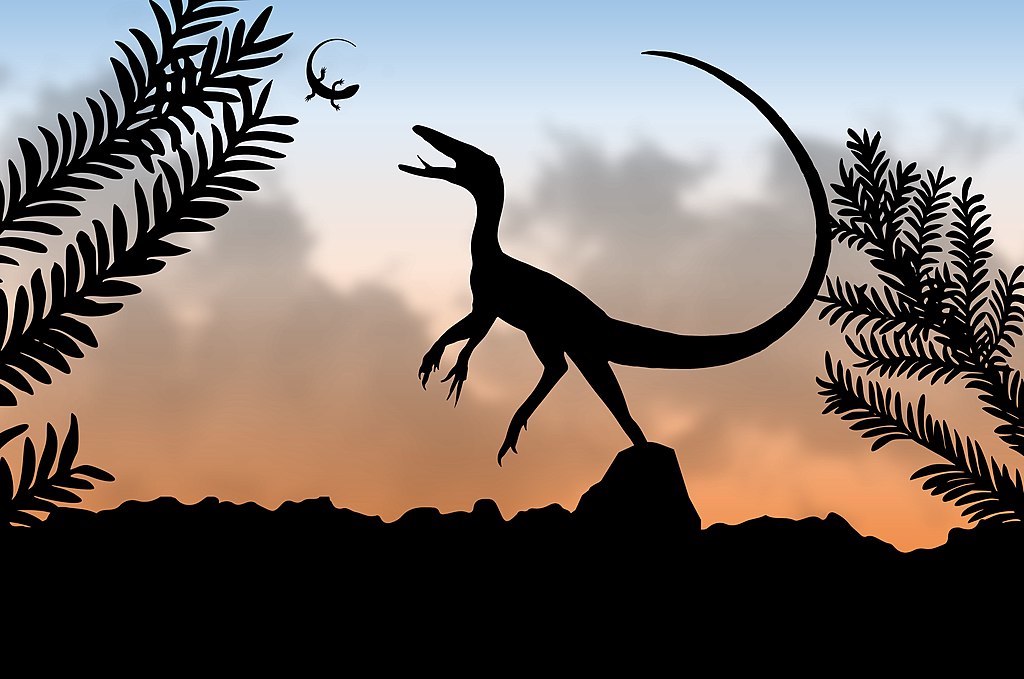
In Brazil, researchers have discovered the remains of a creature called Venetorapter gassenae, a predator reptile with really big hands and long claws that lived about 230 million years ago.
Rodrigo Müller, a scientist from the Federal University of Santa Maria in Brazil, said that these hands and claws might have been used to catch food or to climb trees.
Müller and his group found the reptile’s remains on a rice farm in Rio Grande do Sul, which is in the southern part of Brazil.
The existence of this strange creature dates back to the Triassic time, which was from 252 to 201 million years ago.
Physical features of Venetorapter gassenae
After studying pieces of the skeleton, the researchers guessed that V. gassenae was about 27.5 inches tall, which is around 70 centimeters.
Its length would have been about 39 inches or around 1 meter. The bones show that this creature was grown-up (adult), according to Müller.
V. gassenae had fur that looked like feathers and a long tail. It belongs to a group of reptiles called lagerpetids. These reptiles came before pterosaurs, which were flying reptiles that ruled the skies during the time of the dinosaurs.
'Edward Scissorhands' creature that lived 230 million years ago discovered in Brazil https://t.co/effiU3XT48 pic.twitter.com/TuEiU7Rn0O
— Live Science (@LiveScienceMag) August 16, 2023
What’s interesting is that V. gassenae had a long fourth finger on its right hand. This is something that hasn’t been seen in other lagerpetids before. Müller says this suggests that V. gassenae is very closely connected to pterosaurs.
“This elongated fourth digit supports the wings in pterosaurs, so V. gassenae may represent the transition of lagerpetids towards pterosaurs,” he said.
Lagerpetids may have been as diverse as pterosaurs
Müller pointed out that people generally think lagerpetids were not as varied in their body structure as pterosaurs and dinosaurs.
However, his team examined the shapes and sizes of fossils from 18 different dinosaur species, 10 pterosaur species, and their reptilian ancestors, which includes V. gassenae.
Moreover, they found that lagerpetids might have been just as varied as pterosaurs and even more diverse than the dinosaurs that lived in the Triassic period.
If more fossils of V. gassenae are discovered, they could provide us with more information about what this interesting creature ate, how it looked, and the places it called home, Müller added.
“The findings indicate that lagerpetids were as morphologically diverse as Triassic pterosaurs, and more morphologically diverse than Triassic dinosaurs. This implies that such diversity was already starting to flourish in the precursors of dinosaurs and pterosaurs and was not something that emerged solely after the origins of these two groups,” according to the study published in Journal Nature.
See all the latest news from Greece and the world at Greekreporter.com. Contact our newsroom to report an update or send your story, photos and videos. Follow GR on Google News and subscribe here to our daily email!



